Living Beyond the Constructs: A Conversation with Cyndi Suarez and Marcus Walton
NonProfit Quarterly
MAY 11, 2023
MW: And so, I want to position that for funders, for people who are leading philanthropic organizations, to be able to think differently and workshop ideas for integration with peers, and grapple constructively with the myriad complexities associated with implementing racially equitable principles and practices. CS: He wants to do that.

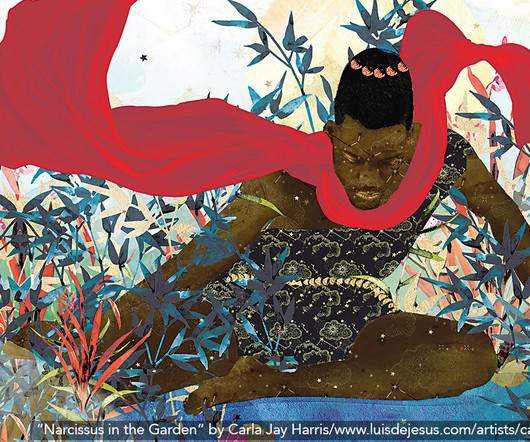



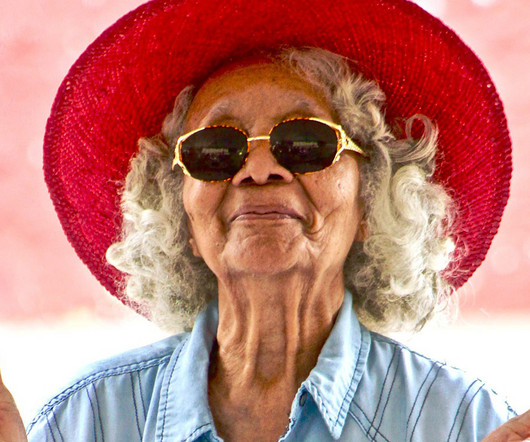
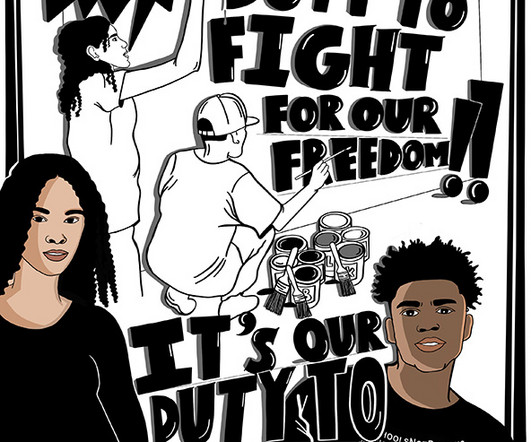




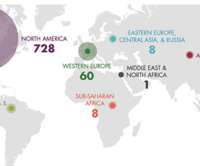
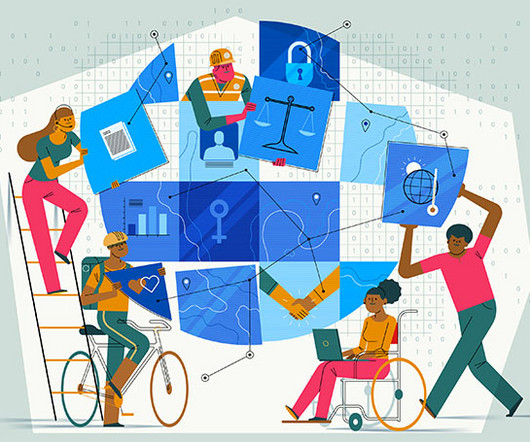









Let's personalize your content